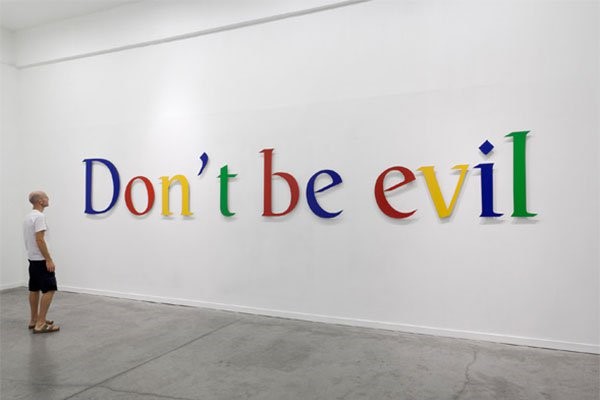Jessica Di Paolo on the “Engagement Through Data For Better Storytelling” workshop led by Allison Rockey of Vox, at the News Impact Summit, held at LSE on 5 June 2015, organised by the European Journalism Centre (EJC), the Google News Lab, and Polis.

“Journalists are more than writers. They are researchers; they must learn to use new technological tools to make news visually attractive. Maps, charts, feature templates, image builder, image zoom. Readers need to visualise stories not only read them.”
Allison Rockey – Engagement Editor at Vox.com – opened the panel “Engagement through data for better storytelling” at the News Impact Summit London underlying the crucial role played by visual and social features in storytelling – especially in an increasingly digital and mediatised context where readers take part in every news process step as both providers and curators of information.
To describe today’s journalism I would use the word liquid. Constantly changing, journalism means more than finding a good story and publishing it before other newspapers. Although journalism can no longer be defined as newspapers as they have to compete with a massive rise of social media and news apps that make journalists’ job harder – but also more exciting and unpredictable than ever before.
Since we live in a mediatised life where it is impossible to escape from the dominant and pervasive new forms of communication, journalists need to adapt to this new context by considering social media as more than “sharing” channels used by young people. “Social media need to be managed by a senior role, not seen just as occasional role delegated to young people. Everyone in the newsroom needs to be educated to the social media culture,” explains Rockey.
Vox Card Stacks: know your audience
Although journalism evolves every day in unpredictable ways, the audience still play a vital role. Journalists are storytellers and they have always been writing for a specific audience, no matters the medium. If we think about Snapchat this is even clearer. It just puts the news where the audience already is by cleverly exploiting the Net flexibility and speed features. In other words, the audio and visual Snap format attempts to integrate the daily user’s social life with global news in a digital and entertaining way.
“Understanding your audience is crucial,” underlines Rockey “What are their interests? What do they care about? Know where your audience lives, go to find them, talk to them.”
The Card Stacks created by Vox.com explain the news by adapting to the audience logic. Nowadays, people don’t have time to read long, complicated editorial pieces. They want visual and audio summaries of the most relevant aspects of the news, they want a simplified and entertaining version of the story. And this is the main aim of the Cards. For example, if you want to know more about obesity and weight loss, you can read everything you need to know on the subject through the bullet-points and visual features, starting from simply “What is obesity?” or “What does obesity look like?”.
The last bullet point is the most important: “Share this card stack!” To increase the social nature of the cards, the reader can also say if the card was helpful or not by sharing it with friends on different social platforms. As Rockey points out “Headlines need to be catchy, journalists have to make the reader curious about the story. Bring people into the conversation, but most importantly share contents with others.”
In order to measure the success of a story, good content needs to be combined with a high level of sharing on social networks. Rockey is right when she says that “users define themselves to others by sharing posts, it is a social indicator. We – as users – communicate our identity through social media.” That’s partly the reason why we spend lots of time online.
Stop worrying about the algorithm
But don’t forget that “good content is what shares.” Stressing about Facebook algorithms makes no sense. Focus on your audience, try to engage them with original and visual stories, be concise and “create content that people are interest about and want to share with other people,” concludes Rockey. Although the multiple dark sides of the Net make us anxious, Rockey boils down the key principles:
Embedding visual and social storytelling in the newsrooms culture and routines is still hard – especially in countries where there is a low level of media literacy and journalists struggle to adapt to the digital revolution. However, Rockey’s guidelines can be seen as a great starting point for websites and news apps that believe in the readers and social media potentialities.
This article is by Jessica Di Paolo @JessDiPaolo






